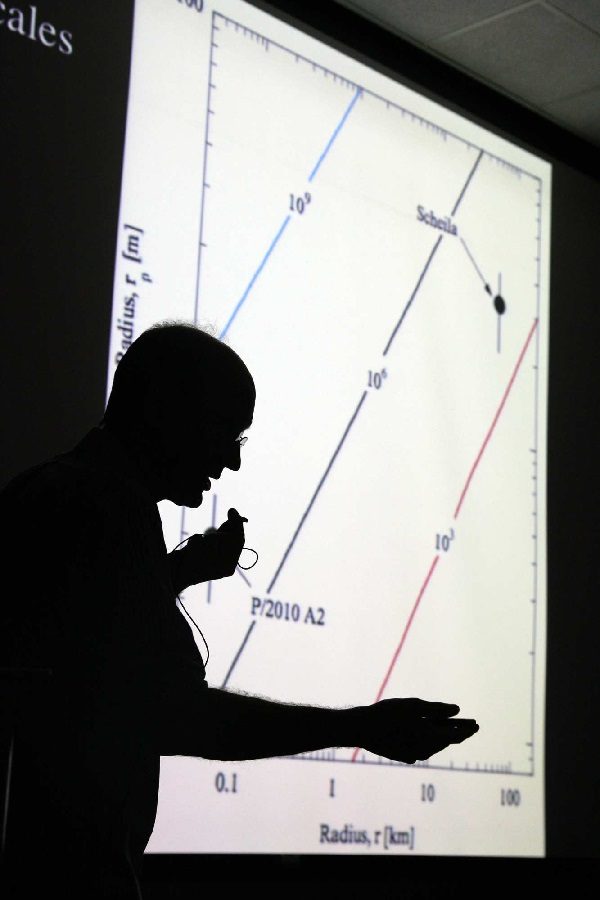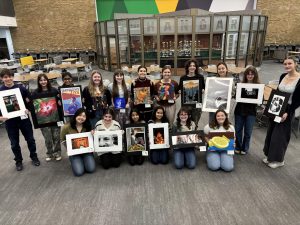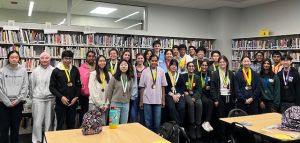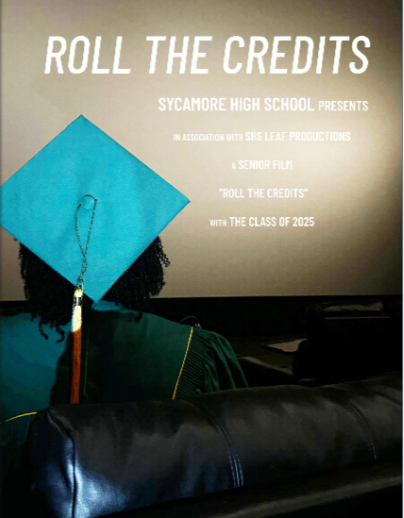Nina Byers
‘Reaching for the stars:’ Scientist commemorates all female physicists
The UCLA Physics and Astronomy department has dedicated an annual lecture series, the Nina Byers Lectureship, to Byers. Every year, leading physicists visit UCLA and give lectures to faculty and students about general topics relating to physics. “This program is aimed to be a prestigious honor for the Lecturers as well as a mechanism for bringing the excitement of frontier results from external scientists to UCLA, thus raising the level of discourse in the Department,” said James Rosenzweig, department chair, in a statement.
March 29, 2017
“There’s no such thing as female science – just female scientists, including some very great ones.
“Their achievements span a vast range of mathematics, physics, and astronomy,” said Frank Wilceze, Herman Feshbach Professor of Physics at Massachusetts Institute of Technology and winner of the 2004 Nobel Prize in Physics, in a book review.
One of the female scientists was Nina Byers, a noted physicist who taught at University of California, Los Angeles (UCLA) and helped pave the way for more women in the field.
Byers was born in Los Angeles, California and studied physics at University of California, Berkeley, receiving a B.A. with highest honors in 1950.
She was a graduate student at University of Chicago, where she studied under leading figures in the physics world.
Her teachers included Leo Szilard, a member of the research and development team for the Manhattan Project, and Murray Gell-Mann, an American physicist who received the 1969 Nobel Prize in Physics for his work on the theory of elementary particles.
Byers obtained her Ph.D. in 1956. Her thesis was the basis of her first publication “Interactions of Low-Energy Negative Pions with Nuclei,” which appeared in the 1957 Physical Review.
In 1958, Byers accepted a research associate position at Stanford University, leading to an assistant professorship with a focus on superconductivity.
She joined UCLA’s Physics and Astronomy Department as an assistant professor in 1961. Byers was the department’s only female professor for more than 20 years.
In 1982, Byers was the chair of the Forum of Physics and Society of the American Physical Society (APS). She also served as President of the APS Forum on History of Physics.
Byers was dedicated to promoting the understanding of the role of women in physics and the examination of physicists’ role in the development of nuclear weapons.
“She was meticulous about her work and passionate about the strength (of) scientific standards,” said Steven Moszkowski, a professor emeritus in the UCLA Physics and Astronomy Department, to the “Daily Bruin,” UCLA’s newspaper.
In 1996, Byers compiled an online archive, “Contributions of 20th Century Women to Physics,” documenting the contributions of 83 female physicists in subfields such as astrophysics, crytallography, and nuclear physics.
Ten years later, she published “Out of the Shadows: Contributions of Twentieth-Century Women to Physics” with Gary Williams.
Byers retired from UCLA in 1993 but remained an active professor emeritus, teaching Fiat Lux seminars about the history of modern physics and women’s role in the field, according to the “Daily Bruin.”
“She loved learning and never stopped,” said Maggie Michaelson, one of Byers’s cousins, to the “Daily Bruin.”
Byers passed away from a hemorrhagic stroke in 2014 at the age of 84.







